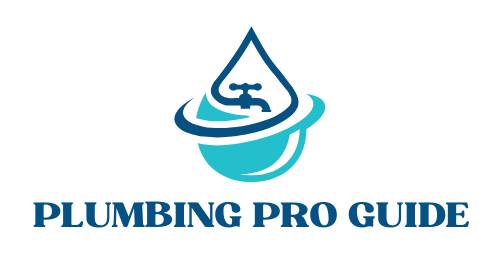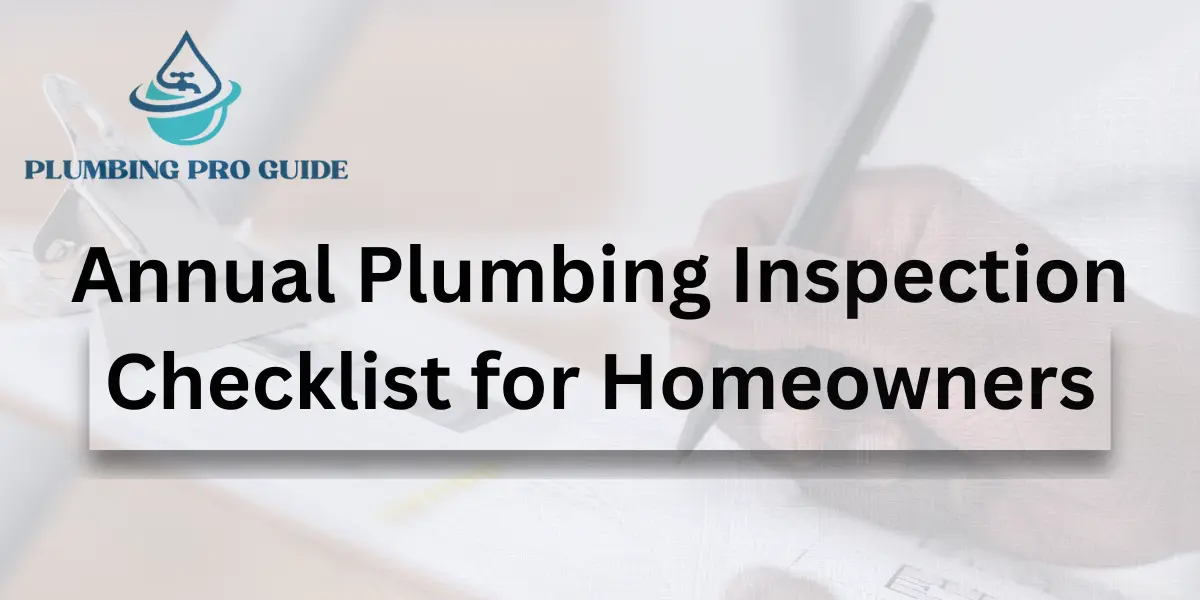Annual Home Plumbing Inspection Checklist
Plumbing problems rarely announce themselves. One small drip today can become a major, expensive repair tomorrow. This yearly plumbing inspection checklist helps homeowners catch issues early, like a health check-up for your house.
Why a Plumbing Inspection Matters
I learned this the hard way: a slow sink leak went unnoticed for months, and mold filled the cabinet under the sink. Repairing the damage cost far more than a regular inspection would have. A solid plumbing inspection checklist helps you find problems early, from faucets to water heaters. That’s why I created this plumbing inspection checklist for homeowners to save the trouble of plumbing mess, time, and cost.
Annual Plumbing Inspection Checklist
-
Faucets & Fixtures
- Check for any leakage or dripping.
- Check handles for stiffness or looseness.
- Look for corrosion or rust around spouts and base plates.
Even a small drip can waste gallons of water every week.
-
Drains
- Run water in sinks, tubs, and showers and observe drainage.
- Note slow drains; they may indicate a clog forming.
- Use a hair catcher in showers to reduce blockages.
If you notice leaks or corrosion beneath the sink, consider replacing the drain pipe under kitchen sink to prevent water damage and ensure smoother drainage.
-
Toilets
- Listen and check for running water after flushing.
- Check the base for signs of leaks or water stains.
- Confirm the flush works properly.
Toilet leaks can waste hundreds of gallons of water.
-
Water Heater
- Look around the tank for rust or signs of leakage.
- Test hot water flow and temperature at several taps.
- Check the age of the unit — most water heaters last 8–12 years.
-
Pipes & Supply Lines
- Inspect exposed pipes for moisture, corrosion, or mineral buildup.
- Look under sinks, behind toilets, and in utility rooms.
- Pay attention to rarely seen areas — hidden spots often hide issues.
-
Water Pressure
- Test pressure at different faucets around the home.
- Consistently low pressure may indicate a leak or blockage.
- High pressure can stress fittings — consider a regulator if needed.
-
Sump Pump (If You Have One)
- Test operation by pouring water into the pit until the pump activates.
- Clean the pit and remove debris.
- Confirm the discharge line directs water away from the foundation.
-
Outdoor Plumbing
- Inspect hose bibs and outdoor spigots for leaks and cracks.
- Check irrigation systems for proper function and broken heads.
- After freezing weather, inspect for damage and insulate as needed.
Storytime: A Missed Pipe Crack
A neighbor skipped inspections for two years. A hidden basement pipe developed a small crack and leaked slowly. By the time it was noticed, the walls were soaked, and mold spread broadly. The repair and remediation cost several thousand dollars; a 20-minute check earlier could have prevented it. Read about polybutylene pipes plumbing their costs, and effectiveness.
FAQs
Q1: What is a plumbing inspection?
A plumbing inspection is a thorough check of your home’s entire plumbing system — faucets, drains, toilets, water heater, and pipes — to identify leaks or potential failures.
Q2: How much does a plumbing inspection cost?
Typically between $100 and $300, depending on your home’s size and system complexity.
Q3: How long does a plumbing inspection take?
Usually 1–2 hours for a standard residential home.
Q4: What does a plumbing inspection consist of?
It covers checking water pressure, leaks, drains, toilets, pipes, and the water heater’s functionality.
Q5: How to test plumbing during an inspection?
Run water in sinks, tubs, and showers. Flush toilets. Check for leaks, pressure changes, and slow drains.


